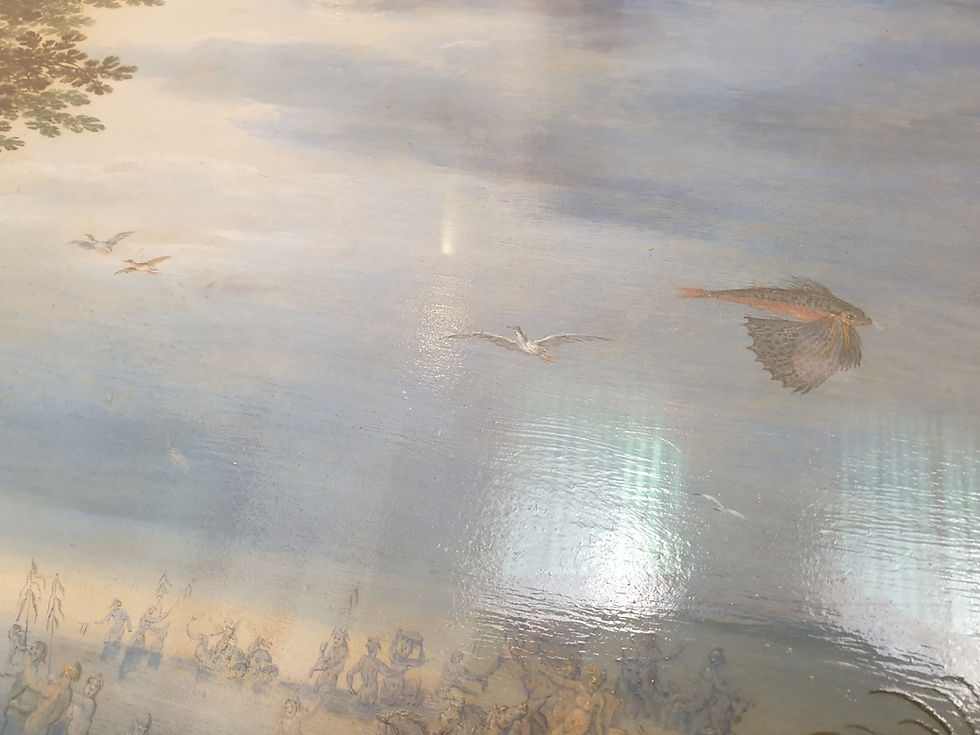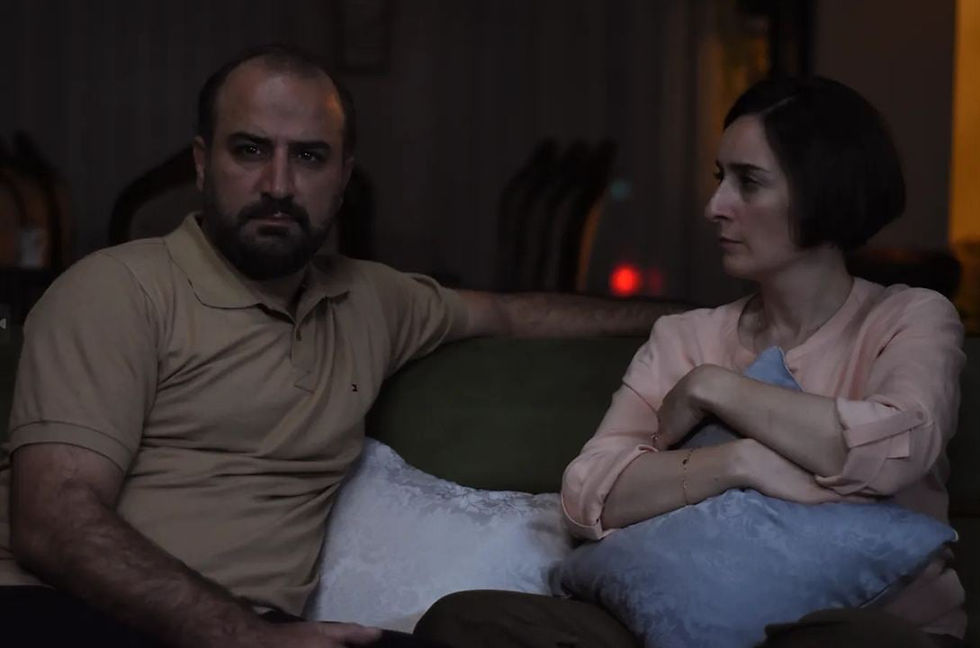Grasshoppers in Wonderland
- Marina Drozdova

- May 15, 2023
- 2 min read

Best Films of Visions du Réel 2023. Director’s victory over rational reality

Undoubtedly, the genre breakthrough and the most provocative film of the festival is Knit’s Island (Ekiem Barbier, Guilhem Causse & Quentin L'helgoualc'h). Alice in Wonderland, you have serious competitors — you ate a cake to enter other worlds, but these guys (the directors) made avatars and infiltrated communities populating survivalist fiction. And spent 963 hours there.

They challenged “local” freaks to remove their masks or tried to elicit confessions. Hitchcock would have been pleased. Buñuel could find something to ironize — the somewhat immodest charm of a new sort of cyber-bohemia.
The next victory of directorial daring over rational reality is Grasshopper Republic (Daniel McCabe). It is a thriller about grasshopper hunters. Across their engineering solutions, zoological investigations, and clownish espionage among the locals, there is a through line — the creation of a trap combining the elegance of medieval mechanics with the grandeur of post-apocalyptic junk. Oh, remember Umberto Eco and his The Island of the Day Before! How the author and his character would have appreciated the strategy of these nearly sentient mechanisms.

Deep in Uganda’s forests, massive swarms of millions of grasshoppers gather to mate. Several young men devise an odd contraption — from barrels, lightbulbs, generators, and various scraps — to harvest these grasshoppers, deemed a delicacy by the city dwellers. And in the finale, the emerald sky fills the screen: the grasshoppers, the best of aliens, “descend from the Moon.” A spirit of Mozart imbues the plot, the filming, and the editing. The film is based on the book Nsenene by Michele Sibiloni, who is also one of its producers and screenwriters.
The film Vampires, It’s Nothing to Laugh at (Kinga Michalska) would not disappoint a viewer, who is inclined to look for loopholes between layers of reality.

With great scrupulousness and relentless hope, the director explores the events of the early 1960s in a Kashub community in Wilno, Ontario, when a lady appeared there who, with all humanitarian responsibility, considered herself a vampire. The ensuing trauma of the local population stretched for decades.
A curious consequence of the pandemic-season filming and, let’s say, the post-pandemic syndrome, was a whole “flock” of films about houses and apartments, which, due to various circumstances, had be destroyed — by external or internal forces. The best in this context is La Maison (Sophie Ballmer). Notably, its minimalism (of narration and filming) emerges not from an exquisite task, but from human yearning. The film’s characters inherited a house, which they attempted to repair but utterly destroyed; it rather destroyed itself. Proper attempts to “do everything right” first led to hysterical flourishing of “ownership utopia” and then to collapse of illusions, with interludes and iterations. And it all transpired somehow by itself — an improvisation à la dormant Beckett.

The worst dream of Soms Forsyte from The Forsyte Saga by Galsworthy.
Film photos: Bastien Bento, Marine Pierre - VDR



Comments